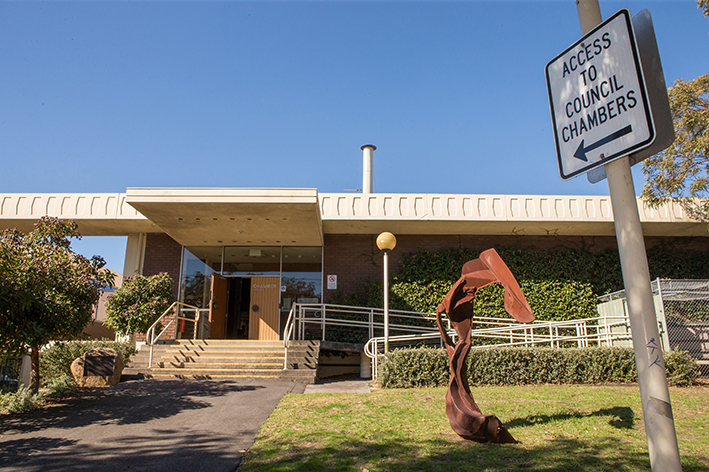A RATE cut has been discussed by Frankston councillors, although it would come at a huge estimated cost to council’s budget.
New councillors Steven and Liam Hughes have proposed that ordinary rates be slashed by greater than or equal to 1 per cent. Council officers estimate that the proposed cuts would cost council up to $30 million over the next decade.
The motion prepared by Crs Hughes reads “Frankston residents are the highest paying ratepayers in our region when considering median house prices and average household incomes.”
“The budgeted adjusted underlying result for [the 2021/2022 financial year] will be required to run at a surplus even with the reduction in rate revenue. This is to make sure that the budgeted financial result in FY21/22 isn’t run at a deficit due to budgeted lower rate income. Understanding that the above may impact the revenue for the FY21/22 budget, council may seek to reduce budgets for departments. As we are both new councillors we are not 100 per cent certain of the structuring of budgets at council and whether budgets are done by department and we are happy to take council’s advice on this,” the motion reads.
Council’s chief financial officer Kim Jaensch wrote in the council agenda “first and foremost, it needs to be stated that Frankston City Council rates are not higher than average in comparison to other Melbourne councils and are in fact generally lower particularly when comparing residential rates to other councils in Melbourne’s eastern suburbs. The average valuation however in Frankston is generally lower than many of these councils and significantly lower in comparison to inner Melbourne bayside suburbs. The average residential valuation in Stonnington (Toorak) for example is approximately $1.3M as compared to the average valuation in Frankston which is $580,000. This means that for Frankston City Council to raise a similar amount in rates as other councils (for it to provide a similar level of local government services) it must use a higher rate in the $ which is applied to the valuations. This results in an outcome where a $1M property in Frankston will pay significantly higher rates than a $1M property in Toorak.”
“Viewed over several financial years, the implications of this NOM are extremely significant and will impact on councils future ability to both provide services and deliver key community infrastructure projects,” she wrote.
A vote on the motion will be held on Monday night, shortly after publication deadline.

